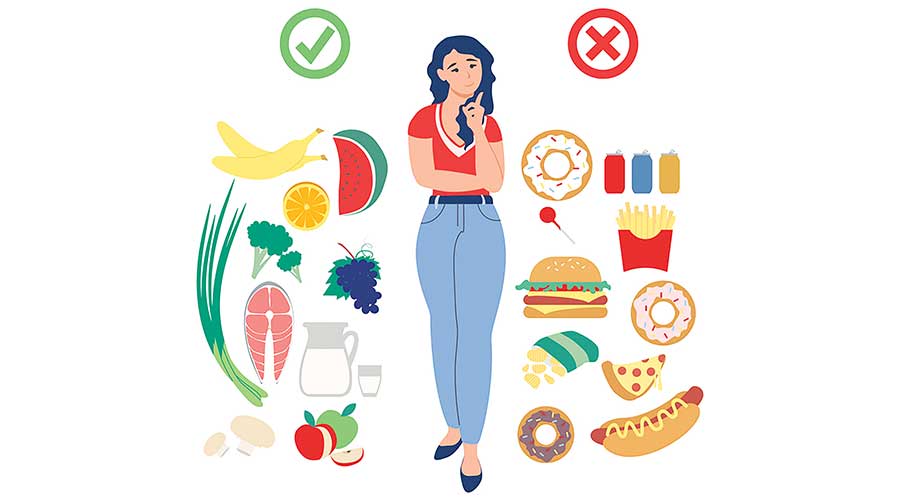ASK A PHYSICAL THERAPIST
- 20 Apr - 26 Apr, 2024

With various types of cooking oil available in the market, it becomes difficult to choose the right oil which fits your bill. But when it comes to choosing the best cooking oil for your health, it largely depends not only on the type of oil but also the type of cooking. For example, when choosing a cooking oil for frying, it is important to consider its smoke point, which is the point when the oil starts boiling and releases smoke. If you heat an oil past its smoke point, the oil degrades and releases harmful compounds, which are known as free radicals. These free radicals not only cause inflammation in the body which in turn increases your risk of inflammatory diseases, heart disease, and even cancer. Ideally, it is recommended to choose oils that contain high amounts of unsaturated fats. This is because these oils are derived from a plant source and contain healthy fats. Moreover, these fats improve the cholesterol levels by increasing the level of HDL (high-density lipoprotein) cholesterol, which is considered as good fats, in the body.
Although coconut water contains electrolytes, you don’t always need those nutrients, or the calories that come with it, to stay hydrated. Water does a fantastic job at keeping you hydrated for – wait for it – zero calories. Now, if you’re really exerting yourself then coconut water would be the wiser choice to help you replete all that you’ve lost sweating it out. However, there aren’t any scientific studies that have found coconut water to be superior to sports drinks. In fact, the research mostly shows that sports drinks are better at rehydration than coconut water.
It depends – you may need more or less based on your level of activity. Begin with a combo of 50 to 60 per cent carbohydrate, 15 to 20 per cent protein, and 25 to 30 per cent fat, and adjusting as needed. If you get hungry quickly after a meal, add more fat and protein. If you feel too full or heavy, ease up a bit. To eyeball the right ratios, fill half your plate with fruits and/or veggies, a quarter with high-fibre carbs, a quarter with protein, and a sprinkle high quality fats for flavour.
COMMENTS